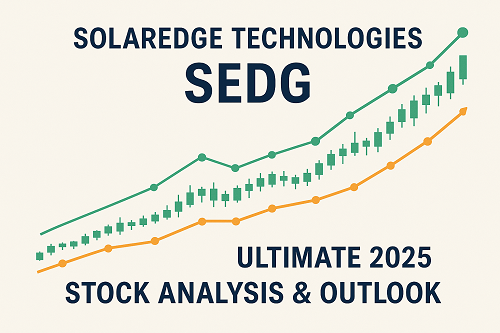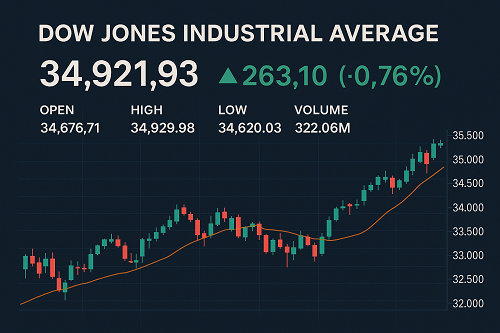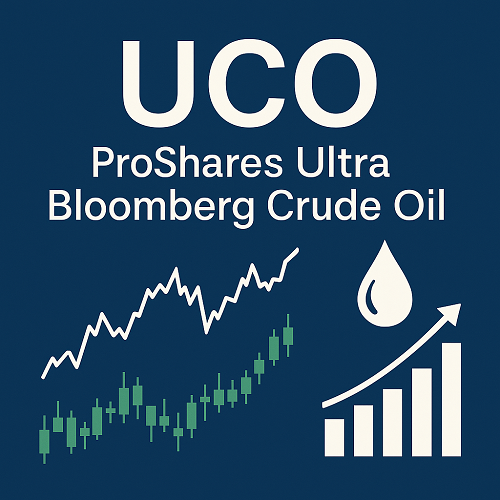Is Coca-Cola Stock (KO) a Buy in 2025?
When discussing the financial health of The Coca-Cola Company, tracking the KO share price is essential. The Coca-Cola Company (NYSE: KO) remains one of the world’s most recognizable consumer staples brands—and a cornerstone of dividend portfolios worldwide. With over 200 brands, a distribution network spanning 200+ countries, and a 62-year Dividend King streak, Coca-Cola is a rare blend of stability and cash-flow growth.
As inflation pressures ease and consumer demand normalizes in 2025, KO continues to exhibit the traits long-term income investors prize:
- Recession-resistant revenue
- Pricing power that protects margins
- Strong free cash flow generation
- Leadership in the non-alcoholic beverage industry
- Expanding presence in energy drinks and zero-sugar products
This comprehensive analysis covers KO’s fundamentals, growth outlook, dividend potential, risks, and valuation to determine whether Coca-Cola stock is a buy in 2025.
Company Overview: What Coca-Cola Does & How It Makes Money
Business Model
Coca-Cola follows a highly efficient, asset-light model:
- It owns powerful global brands.
- It manufactures concentrates and syrups.
- Bottling partners (independent and KO-controlled entities) produce and distribute final beverages.
This model lowers operating costs while maximizing profit margins and scalability.
Coca-Cola’s Brand Portfolio
Coca-Cola owns more than 25 billion-dollar brands, including:
Flagship Carbonated Soft Drinks
- Coca-Cola
- Coca-Cola Zero Sugar
- Diet Coke
- Sprite
- Fanta
Hydration, Sports & Energy
- Smartwater
- Vitaminwater
- Powerade
- BODYARMOR
- Monster* (significant equity stake)
Coffee & Tea
- Costa Coffee
- Fuze Tea
- Gold Peak
Juice & Other Beverages
- Simply
- Minute Maid
- Innocent
This diversified portfolio cushions KO against shifts in consumer taste, sugar regulations, and macroeconomic cycles.
KO Stock Price Overview & Historic Performance
KO has historically delivered steady compounding, outperforming many cyclical stocks through defensive strength. Key long-term traits:
- Low volatility compared to the S&P 500
- Long-term share price appreciation supported by brand durability
- Historically strong performance during recessions
- Consistent dividend growth driving total returns
KO 10-Year Performance Snapshot
- Slow but steady capital appreciation
- Reinvested dividends significantly increase returns
- Market-beating stability during downturns
While KO may not be a hyper-growth stock, it can be a powerful compounding machine for dividend-focused portfolios.
Coca-Cola Financial Analysis (2025)
Revenue and Earnings Stability
Coca-Cola’s revenue streams are geographically diversified:
- North America – largest market, strong pricing power
- Latin America & EMEA – high-margin markets
- Asia-Pacific – long-term growth catalyst
KO consistently grows revenue through:
- Price increases
- Product mix upgrades (Zero Sugar, premium hydration)
- Emerging-market volume growth
Profit Margins
Coca-Cola commands some of the highest margins in the consumer-staples sector:
- Gross margin: ~60%
- Operating margin: 27–30%
- Free cash flow margin: consistently strong
Margins are protected by KO’s brand power and low-cost concentrate model.
Balance Sheet Strength
Coca-Cola maintains:
- Robust cash generation
- Manageable debt levels
- Ample liquidity for dividends and buybacks
Its A-rated credit profile ensures resiliency even in high-rate environments.
Dividend Analysis: Why KO Is a Top Dividend King for 2025
KO’s Dividend Stats
- 62 consecutive years of dividend increases
- Payout ratio: sustainable due to strong cash flow
- Yield: usually above S&P 500 average
- Quarterly dividend expected to continue rising annually
Dividend Growth Outlook
Coca-Cola’s dividend is supported by:
- Consistent cash flow
- Defensible competitive moat
- Low capital requirements
- Share buybacks amplifying EPS growth
Investors can expect steady mid-single-digit dividend increases for years to come.
KO vs. Other Dividend Blue Chips
Compared to PepsiCo, Procter & Gamble, and McDonald’s, Coca-Cola offers:
- Higher reliability
- Lower volatility
- Stronger margin profile
KO Stock Forecast (2025–2030)
Short-Term (2025) Outlook
Analysts expect:
- Stable revenue growth in mid-single digits
- Margin expansion due to cost efficiencies
- EPS growth boosted by buybacks
- Demand resilience across markets
Medium-Term (2026–2027)
Growth drivers include:
- Emerging market volume expansion
- Increasing Zero Sugar adoption
- Costa Coffee’s global rollout
- Energy drink market penetration
Long-Term (2030) Outlook
Coca-Cola aims to:
- Shift portfolio toward low-sugar beverages
- Sustain 4–6% annual growth
- Maintain dividend king status
- Increase presence in functional and wellness categories
Long-term investor sentiment remains strongly positive due to stability and predictable returns.
Competitive Landscape
Coca-Cola vs. PepsiCo
Coca-Cola generally wins in:
- Global beverage share
- Margin efficiency
- Non-alcoholic beverage leadership
PepsiCo’s advantage lies in snacks, giving KO room to expand through partnerships and acquisitions.
Coca-Cola vs. Energy Drink Competitors
KO strengthens its position through investments in:
- Monster Beverage
- BODYARMOR
- Powerade innovations
The energy category remains a multi-year growth engine for KO.
Key Growth Drivers for Coca-Cola
Zero Sugar & Health-Oriented Products
Consumers are pivoting toward low-calorie beverages.
KO’s Zero Sugar line leads the global trend with double-digit growth rates.
Emerging Markets Expansion
Countries in Asia, Africa, and Latin America represent KO’s largest volume-growth opportunities.
Costa Coffee Expansion
Costa Coffee continues to scale globally, boosting KO’s presence in the $400B coffee market.
Digital Delivery & Foodservice Recovery
Restaurant and cinema traffic recovery post-2020 continues to strengthen KO’s away-from-home sales.
Risks to the KO Investment Thesis
Despite its strengths, Coca-Cola faces key risks:
Regulatory Pressure
Sugar taxes and health policies can impact soft drink volumes.
Currency Fluctuations
KO’s international revenue makes earnings sensitive to USD strength.
Changing Consumer Preferences
Health trends require constant innovation to preserve market share.
8Competition
PepsiCo, Monster, Red Bull, and local beverage brands challenge KO in key categories.
Is KO Stock Undervalued or Overvalued in 2025?
Valuation Factors
Coca-Cola typically trades at a premium P/E multiple due to:
- Strong cash flow
- Stable demand
- Wide economic moat
- Dividend consistency
In 2025, KO tends to trade near the upper range of its historical valuation.
For long-term dividend investors, KO remains attractive even at fair value due to stability and gradual compounding.
Who Should Buy KO?
- Dividend investors
- Retirement portfolios
- Low-volatility investors
- Global consumer-staple collectors
Who May Prefer Alternatives?
- Growth-focused investors seeking high upside
- Short-term traders looking for volatility
Investment Thesis: Why Coca-Cola Remains a Top Defensive Stock
✔ Global brand dominance
✔ Pricing power and margin strength
✔ Highly reliable dividends
✔ Consistent long-term growth
✔ Low-risk profile even in recessions
Coca-Cola isn’t a high-flying tech stock—but it doesn’t need to be.
Its stability, brand power, and cash flow make it a long-term compounding machine.
Final Verdict: Should You Buy KO Stock in 2025?
Coca-Cola stock (KO) remains a strong buy for long-term, income-focused investors.
The company’s unmatched brand portfolio, strong earnings stability, and 62-year dividend growth streak make it one of the most reliable blue-chip stocks on the market.
Whether markets face inflation, recession, or geopolitical uncertainty, KO continues to deliver predictable returns.
If you value steady compounding and dependable dividend growth, Coca-Cola deserves a place in your 2025 portfolio.





 XAUT-USD
XAUT-USD  AMD
AMD  MARA
MARA  SHOP
SHOP  BULL
BULL  CL=F
CL=F